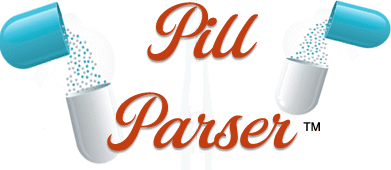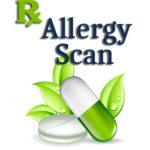When a brand-name drug’s patent expires, other manufacturers are allowed to produce generic versions using the same active ingredient. Generics are required by the FDA to be therapeutically equivalent, meaning they must deliver the same amount of the active ingredient in the same way, producing the same effect in the body.
What’s the Same
-
Active ingredient: Identical in type, strength, dosage form, and route of administration.
-
Safety and efficacy: Generics must meet the same rigorous standards for quality, purity, and potency as the original brand drug.
-
Intended use: Treats the same condition with the same therapeutic outcome.
What Can Differ
-
Inactive ingredients: This is where important differences can occur. Binders, fillers, colorants, and preservatives may vary from one manufacturer to another. These ingredients don’t affect how the medication works, but they can cause reactions in sensitive individuals — especially those allergic to components like milk proteins, lactose, soy, gluten, or dyes.
-
Appearance: Generics can legally differ in shape, color, and packaging.
-
Manufacturer-specific processes: Each company may use different suppliers or manufacturing methods, which can influence inactive ingredient lists.
Why It Matters
For most people, switching between brand and generic drugs makes no difference.
However, if you have allergies or sensitivities, even small changes in inactive ingredients can matter. That’s why PillParser helps identify potential allergen risks hidden in those inactive ingredient lists — giving you an extra layer of safety before you take a new medication or refill.
Quick Tip
Always check your pharmacy label before accepting a refill.
Even if your medication looks different, ask your pharmacist whether the manufacturer changed.
A switch from one generic to another may mean a new list of inactive ingredients — and possibly new allergens.Use PillParser to check your refill before you take it — especially if you have known sensitivities to milk, lactose, gelatin, soy, gluten, dyes, or preservatives.
⚖️ Brand vs. Generic Comparison at a Glance
| Feature | Brand-Name Drug | Generic Equivalent |
|---|---|---|
| Active Ingredient | Identical name, strength, and dosage form | Must match brand exactly |
| Efficacy & Safety | FDA-approved for specific condition | Must meet same FDA standards |
| Inactive Ingredients | Proprietary mix of fillers and dyes | May vary by manufacturer |
| Appearance | Consistent shape and color | May differ in color, size, imprint |
| Price | Usually higher (includes R&D costs) | Typically 80–85% cheaper |
| Allergen Risk | May or may not contain allergens | Depends on the generic maker — check each label |


